Food presentation is the art of modifying, processing, arranging, or decorating food to enhance its aesthetic appeal. The visual display of food matters a lot to many chefs and food consumers, too. It is not only about decorating the food, but also making it taste more delicious psychologically for the customers. Customers love it when the food is arranged and served correctly. It also showcases the standard and level of the restaurant. Customers in India especially judge the hygiene standards, quality, and taste of a dish without actually tasting it based solely on the way food is presented to them. Thus, food presentation is as essential to a dish as its taste and flavor.
With social media becoming an indispensable part of all our lives, even the banalest events are captured and uploaded on platforms such as Instagram, Facebook, Snapchat, etc. With the coming of food bloggers, the way food is plated and served has gained new importance, and it has become necessary to know some food presentation tricks to leave a lasting impression. With the number of Food Bloggers increasing, you never know how many people end up viewing the palatable images of your food! Hence you must consider every image captured and uploaded by your guests as your restaurant’s evangelist and should ensure that each one of your dishes is served in an aesthetically pleasing manner.
1. Food Presentation Techniques That You Should Implement In Your Kitchen
Although it may seem trivial, plating and temptingly presenting food is an art and requires care and an eye for detail. Following are some food presentation tips to be kept in mind while plating dishes.
1.1. Proportioning
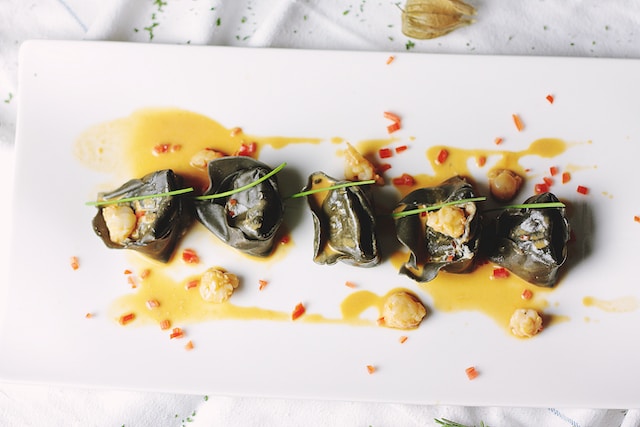
Proportioning your food is crucial if you want to plate it right. It is the first food presentation tip in the book. Correct proportioning of a dish is essential not only to its attractiveness but also plays an integral role in controlling the costs. The portion of each ingredient should be pre-decided and maintained while plating. You can read about how portion control can reduce food costs and improve your restaurant business here.
Choose the right plate size. The plate or bowl size should match the portion/quantity of food served. It looks unprofessional if the plate is too small for the portion of food served. It can make the dish look messy and overcrowded. On the other hand, small portions served on large plates seem scanty. You can leave a half-inch of space between the food and the edge of the plate.
For example, you can place a perfectly cooked steak in the center of the plate and surround it with a moderate portion of mashed potatoes and a small serving of colorful sautéed vegetables. This arrangement creates a balanced and appealing visual composition.
1.2. Styling
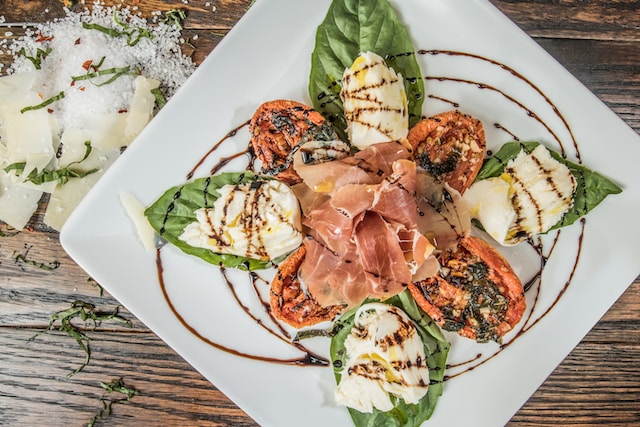
The next food presentation technique is related to the way you put a dish together or style a meal. The most important rule of this food presentation technique is balancing contrast and variety. Decorating the dish more than it is required, too, can end up ruining it or making it hideous.
Position the main ingredient as the center of attention and make the other elements complement it, rather than hide it. Also, pay attention to colors. Herbs and vegetables bring color and flavor to the dish. Play with colors and textures of the plates by adding different sauces. As per customer psychology, serving odd quantities of food items like shrimp and mushrooms adds to the visual appeal.
However, don’t go overboard with the styling. It is better to keep it simple than to create a dish that is just as difficult to eat. Remember when it comes to the audience, not only in India but everywhere, less is always more!
When plating a Caprese salad, you can arrange alternating slices of ripe tomatoes and fresh mozzarella cheese, drizzle with balsamic reduction, and garnish with basil leaves. The red, white, and green colors create an attractive and delicious arrangement.
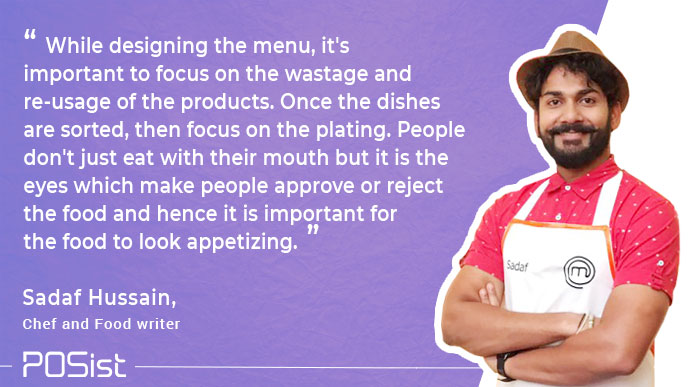
1.3. Choosing the Right Tableware
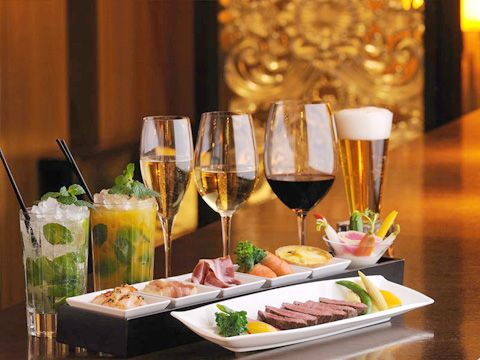
A larger plate will give you more space to work with your creativity and the dish. But keep in mind that you do not need to fill your plate so full that there’s no room left and it starts looking overcrowded.
It doesn’t matter how delicious the food is; no one would be tempted to eat it if it is served on an unattractive plate. It can make or break a restaurant. Present your plates according to the occasion. Also, cracked or broken crockery can be a real turn-off for customers.
Conduct regular checks to replace any broken chinaware. Once you understand the intricacies of choosing tableware, you can experiment with different plate shapes, sizes, and colors. Many food presentation techniques include the use of plates of different shapes and colors. Modern style plating or contemporary plating is one of them.
For instance, you can serve a delicate seafood dish on a fine china plate with a subtle pattern and use elegant silverware to elevate the dining experience, making it suitable for a formal setting.
1.4. Timing
Food plating is all about timing. Make sure you don’t take too much time to decorate, modify, or plate a dish that it turns cold when it was supposed to be served hot or vice versa. Remember to include the plating time in the preparation of the dish, and also inform your guests of the time it would take to serve it.
When you are in a bind, you can always follow the traditional clock pattern plating technique:- dividing the plate as zones of a clock from the customer’s point of view and then presenting the starch between 9 o clock to 12 o clock, vegetables between 12’o clock to 3 o clock and protein between 9’o clock to 3’o clock.
1.5. Garnishing
The Garnishing process improves the texture and flavor of a dish. Though it sounds simple, this food presentation technique also requires care and precision. The taste and feel of the garnish will add to the texture of the dish; hence you must choose your garnish carefully and make sure you do not overdo it.
It can be as simple as a colorful ingredient, which, if paired, creates a more alluring dish to combinations of different fruits, sauces, and seeds, which will add to the flavor, acidity, and texture of the dish. Also, try to use easily identifiable organic garnishes whenever possible to avoid the hassles of removing them before serving them to customers.
Try garnishing a creamy tomato soup with a drizzle of crema, a sprinkle of finely chopped fresh herbs (e.g., chives or parsley), and a small basil leaf. These garnishes will make the dish visually appealing and add contrasting flavors and textures.
2. Food presentation ideas
- Edible Flowers: Using edible flowers as a garnish on your dishes can elevate their appearance and taste. Choose seasonal blooms like roses, lilies, chamomile, lavender, or marigolds. Also, cut them into little pieces before serving and sprinkle them on top of the meal.
- Vertical Presentation: This plating style involves stacking components on top of each other to produce a visually appealing look. You can, for example, serve little servings in shot glasses atop bigger plates or create cheese towers with many layers of cheese and crackers stacked on sticks.
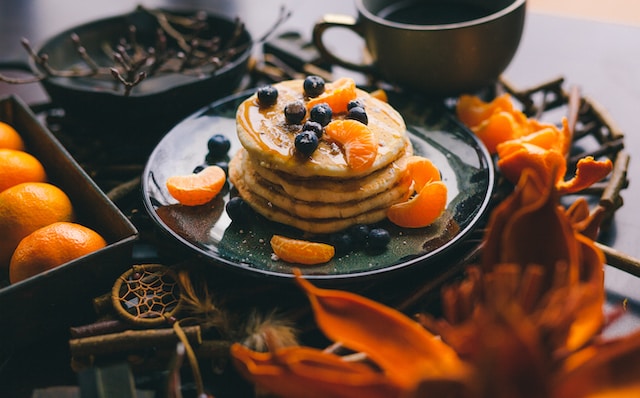
- Color-blocking: This plating style involves placing food on the plate in blocks or stripes of different colors, giving a visually appealing presentation that pleases the eye while enhancing the dish’s flavors.
- Minimalist: This plate technique usually has one or two primary items placed neatly and simply on the plate. The idea is to highlight the food’s natural beauty and flavors without overwhelming the customer.
- Interactive: This plating style includes presenting the food in a way that makes the diner want to interact with it. For example, you can present a dish with a miniature hammer and chisel to encourage diners to crack open a shellfish or pour sauce over a dish at the table.
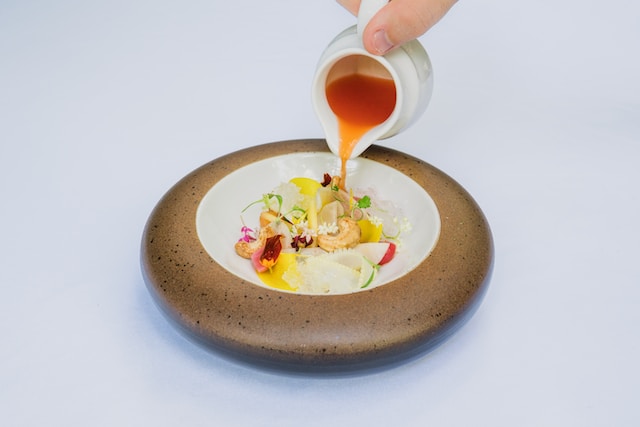
Essential tools for stunning food presentation include Squeeze Bottles, Shavers, Platings and precision Tongs, Molds and rings, Spoons, Plating Wedges, and garnishing kits. You can read more about the proper food plating and presentation tools here. In today’s world, diners enjoy their meals as much with their eyes as they do with their tongues. And more importantly, these same diners judge the restaurant by the pictures they present on their social media platforms.
With this article, we hope we were able to provide you with some helpful food presentation techniques. Do let us know your thoughts and ideas in the comment section below 🙂


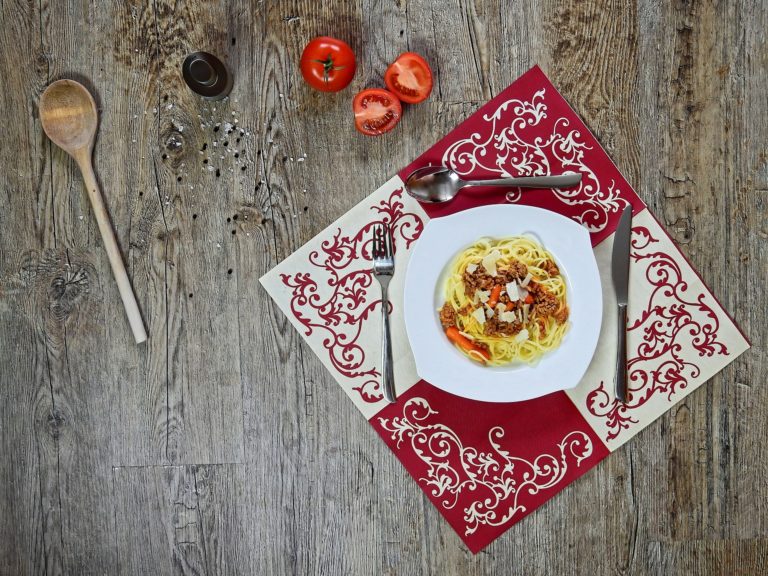















These food presentation techniques are great! Restaurant owners rarely pay attention to this aspect they are more determined in making the food taste the best.
Great work!
The way food is presented affects a person’s perception of how it will taste. People instinctively reject bruised apples and browned bananas, and recognize well-marbled beef and perfectly ripe produce. Prepared dishes work in the same manner. The perfect dish includes food that tastes as good as it looks. Good Read.
With everyone posting a picture on Instagram before they start eating, aesthetic food presentation is important! Food is more about looking good rather than tasting good these days!